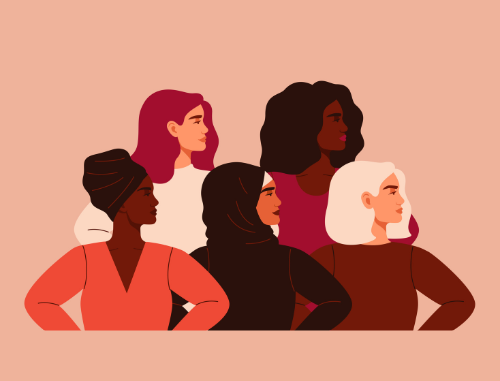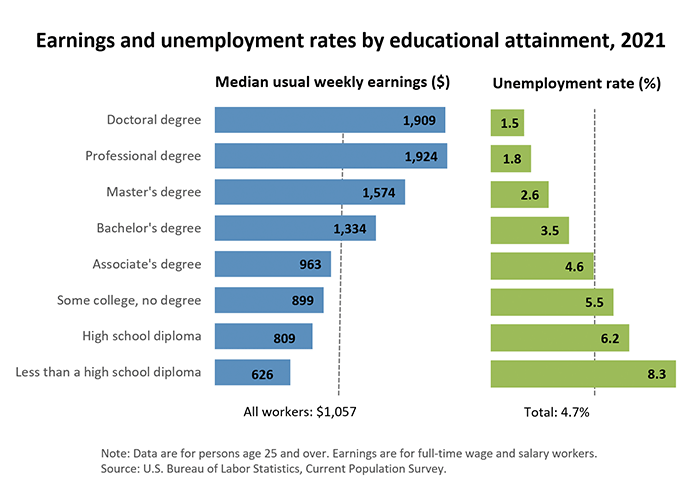Building an Enterprise Culture Ready to Leverage Active Intelligence

July 25, 2022
Over the last several blogs I have focused on the concept of Active Intelligence—described by CIO.com as a “frictionless state of continuous intelligence where technology and processes trigger immediate actions from real-time, analytics-ready data.”
If your organization, like many, has been reliant on dashboards and backward looking data, it may be challenging to shift the culture to one that relies on real-time, actionable data to make decisions. It is the organization’s responsibility to empower users with actionable insights they can use to drive decision making, automate efficiently, and collaborate effectively through knowledge sharing.
IDC’s Future of Intelligence suggests that for an organization to be effective and to take advantage of active intelligence it must build a culture that ensures the following:
- Synthesis of information and delivery of insights at scale.
- Capacity and commitment to learn.
- They know how to set goals and measure success toward meeting goals.
Synthesis of Information and Delivery of Insights at Scale
Organizations with high enterprise intelligence have invested in the ability to synthesize data from numerous sources, draw insights from that data, and make the insights available to decisionmakers at all levels across the organization. This requires that all data is input into a central system and outputs are organized/studied/dissected to provide maximum intelligence about the market trends. The problem is that organizations often operate in silos and lack visibility and interest in sharing data and performance outcomes from units across the agency.
Data must be accessible across every program unit and to staff at every level to advance the performance of the entire enterprise.
Capacity and Commitment to Learn
Another important characteristic of an organization effectively leveraging active intelligence is their commitment to continuous learning and their willingness to apply data-driven knowledge to their operations—changing course as required. This means that all agency leaders are advancing the message that we are never done learning, we are never done improving, we are never settling on status quo.
Even those programs that have implemented evidence-based practices are seeking to improve performance and outcomes. This approach will often bump up against a culture of “doing things the way we have always done them…because it works.” And when it does, leaders must actively stress the idea that organizations that refuse to change and evolve are left behind and in time become irrelevant.
They Know How to Set Goals and Measure Success Toward Meeting Goals
Organizations that excel in leveraging active intelligence are not satisfied with merely meeting contractual obligations—they are driven to exceed expectations and they set goals accordingly. IDC’s August 2021 Future of Intelligence Survey (n = 1,170) found that only 18.4% of organizations are extremely good at setting goals and targets and only 15.1% are extremely good at measuring results and comparing those results against the goals set. If the culture of goal-setting and measuring performance against those goals has not permeated the organization, if it is not a central theme of staff meetings at all levels of the agency, if people are not held accountable for meeting goals, then access to real time data has no actual meaning.
It is only when staff are driven to set bold goals and feel a healthy pressure in their day-to-day work culture to achieve those goals, that having immediate access to outcome-oriented metrics has value.
Construyendo una Cultura Empresarial lista para Hacer Uso de una Inteligencia Activa
July 25, 2022
En los últimos “blogs” me he centrado en el concepto de Inteligencia Activa, descrito por “CIO.com” como un “estado sin fricciones de inteligencia continua donde la tecnología y los procesos desencadenan acciones inmediatas a partir de datos en tiempo real y listos para el análisis”.
Si tu organización, como muchas, ha dependido de tablero de instrumentos y datos retrospectivos, puede ser un desafío cambiar la cultura a una que se base en datos procesables en tiempo real para tomar decisiones. Es responsabilidad de la organización capacitar a los usuarios con información procesable que puedan usar para impulsar la toma de decisiones, automatizar de manera eficiente y colaborar de manera efectiva a través del intercambio de conocimientos.
El Futuro de la Inteligencia de “IDC”, sugiere que para que una organización sea efectiva y aproveche la inteligencia activa debe construir una cultura que garantice lo siguiente:
- Síntesis de información y liberación de conocimientos a escala.
- Capacidad y compromiso para aprender.
- Saber cómo establecer metas y medir el éxito hacia el cumplimiento de ellas.
Síntesis de información y liberación de conocimientos a escala
Las organizaciones con alta inteligencia empresarial han invertido en la capacidad de sintetizar datos de numerosas fuentes, extraer información de esos datos y hacer que los conocimientos estén disponibles para los responsables de la toma de decisiones en todos los niveles de la organización. Esto requiere que todos los datos se ingresen en un sistema central y los egresos se organicen, estudien, y diseccionen para proporcionar la máxima inteligencia empresarial sobre las tendencias del mercado. El problema es que las organizaciones a menudo operan de forma aislada y carecen de visibilidad e interés en compartir datos y resultados de rendimiento de las unidades de toda la agencia.
Los datos deben ser accesibles tanto para todas las unidades del programa, así como para el personal en todos los niveles para mejorar el rendimiento de toda la empresa.
Capacidad y compromiso para aprender
Otra característica importante de una organización que aprovecha eficazmente la inteligencia activa, es su compromiso con el aprendizaje continuo y su voluntad de aplicar el conocimiento basado en datos a sus operaciones, cambiando de rumbo según sea necesario. Esto significa que todos los líderes de la agencia están promoviendo el mensaje de que nunca hemos terminado de aprender, nunca hemos terminado de mejorar, nunca nos estamos conformando con el orden establecido.
Incluso aquellos programas que han implementado prácticas basadas en la evidencia buscan mejorar el rendimiento y los resultados. Este enfoque a menudo chocará con una cultura de "hacer las cosas de la manera en que siempre las hemos hecho … porque funciona”. Y cuando se hace, los líderes deben enfatizar activamente la idea de que las organizaciones que se niegan a cambiar y a evolucionar se quedarán atrás y con el tiempo se volverán irrelevantes.
Saber cómo establecer metas y medir el éxito hacia el cumplimiento de ellas
Las organizaciones que sobresalen en el aprovechamiento de la inteligencia activa no están satisfechas con simplemente cumplir con las obligaciones contractuales: se ven impulsadas a superar las expectativas y establecen objetivos en consecuencia. La encuesta de IDC’s August 2021 Future of Intelligence (n = 1,170) encontró que solo el 18.4% de las organizaciones son extremadamente buenas para establecer metas y objetivos y solo el 15.1% son extremadamente buenas para medir los resultados y comparar esos resultados con los objetivos establecidos. Si la cultura de establecer metas y medir el desempeño en relación con tales metas, no ha permeado a la organización, y si no es un tema central en las reuniones del personal en todos los niveles de la agencia, y si las personas no son responsables de cumplir con las metas; entonces el acceso a los datos en tiempo real no tiene un significado real.
Es solo cuando el personal se ve motivado a establecer metas audaces y siente una presión positiva en su cultura de trabajo diaria para lograr esos objetivos, que el tener acceso inmediato a las métricas orientadas a los resultados tiene valor.







 But this would be their last mission. Shortly after taking off from that lonely, dusty hilltop, they along with the four helicopter crewmembers were killed when the helicopter suffered a malfunction and spun out of control into the ground.
But this would be their last mission. Shortly after taking off from that lonely, dusty hilltop, they along with the four helicopter crewmembers were killed when the helicopter suffered a malfunction and spun out of control into the ground.


